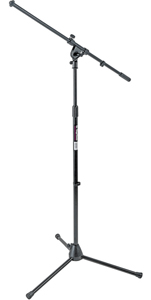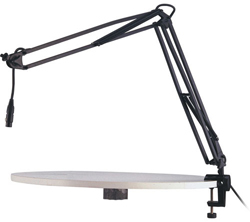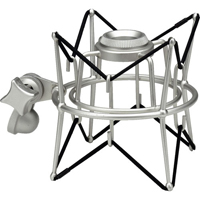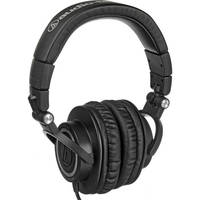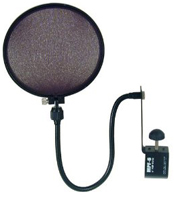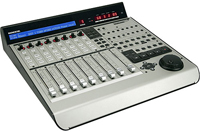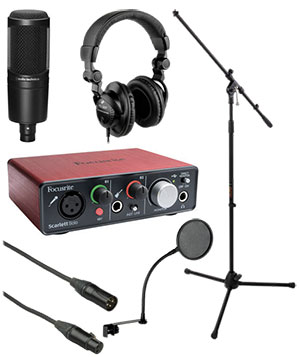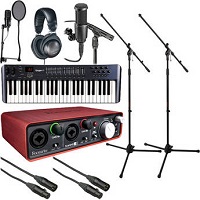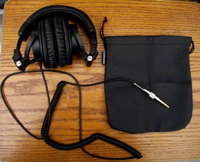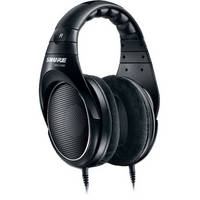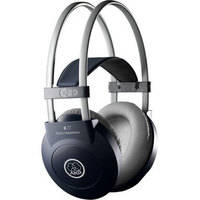
The AKG K 77 Circumaural Closed-Back Stereo Headphones are the kind of cans (the word all the cool kids use to mean “headphones”) that you can wear for hours without any discomfort. That word “circumnaural” means that the cups fit around your ears, so that they don’t get smashed against the side of your head. Your ears stay nice and “un-smooshed” with the leatherette padding resting against your noggin.
OK, so they’re comfy. What else is good about these headphones?
Well, the copy from AKG is that they provide professional quality sound for an affordable price – $49. That is a pretty good price, considering that the fancy cans a lot of folks are grabbing these days are in the $200 price range. But those (the expensive ones) are not typically used for recording and monitoring purposes. They are typically designed to compliment the audio (which you don’t want when monitoring recordings – you want to hear things “warts-and-all”), and most of them these days have iPhone and iPod controls on them, as well as noise-cancelling. These are things you don’t need in the studio.
They also boast a wide frequency range, accurate bass, single-sided cord, and 3.5 mm plug along with a 1/4-inch adapter for maximum compatibility with a wide range of gear.
These are an excellent choice for your home recording studio.
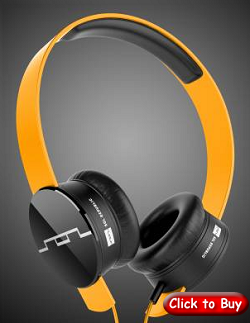
 The headphones themselves, the actual “audio” part, are also awesome, boasting extremely high quality sound and comfort.
The headphones themselves, the actual “audio” part, are also awesome, boasting extremely high quality sound and comfort.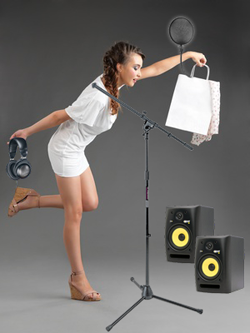 This is part 5 in our
This is part 5 in our 